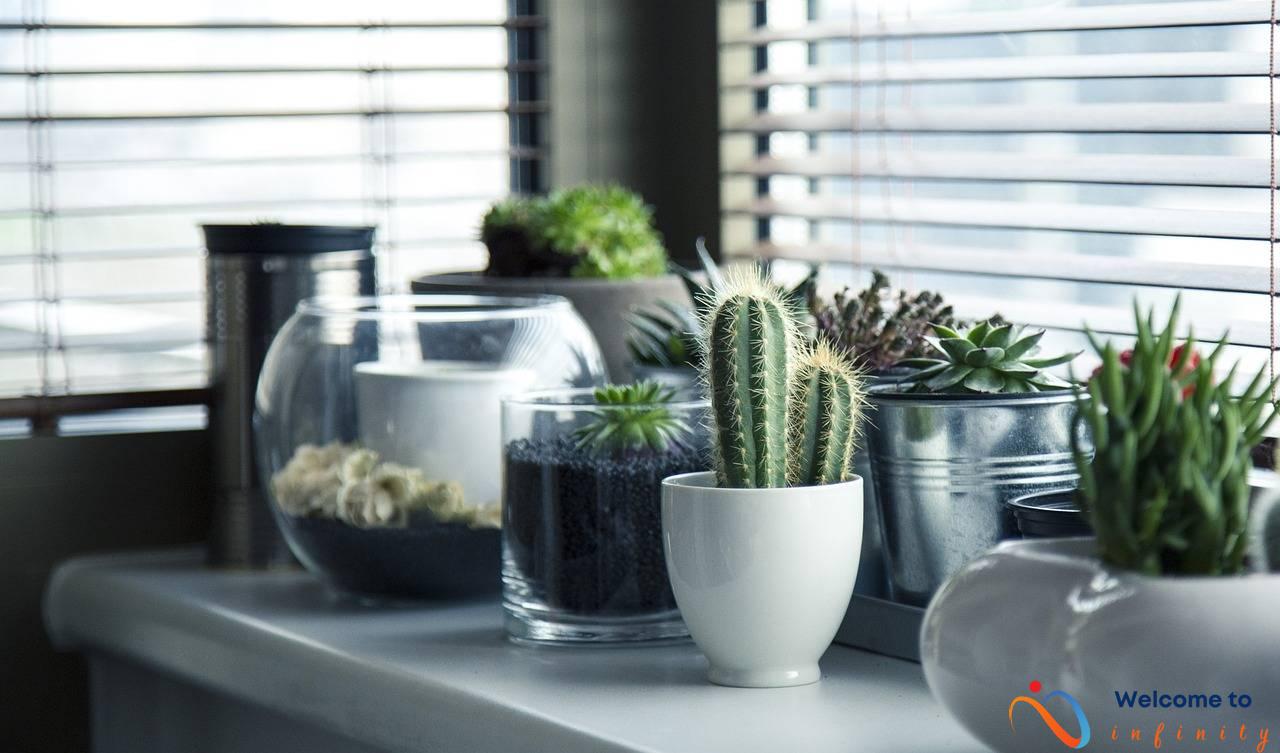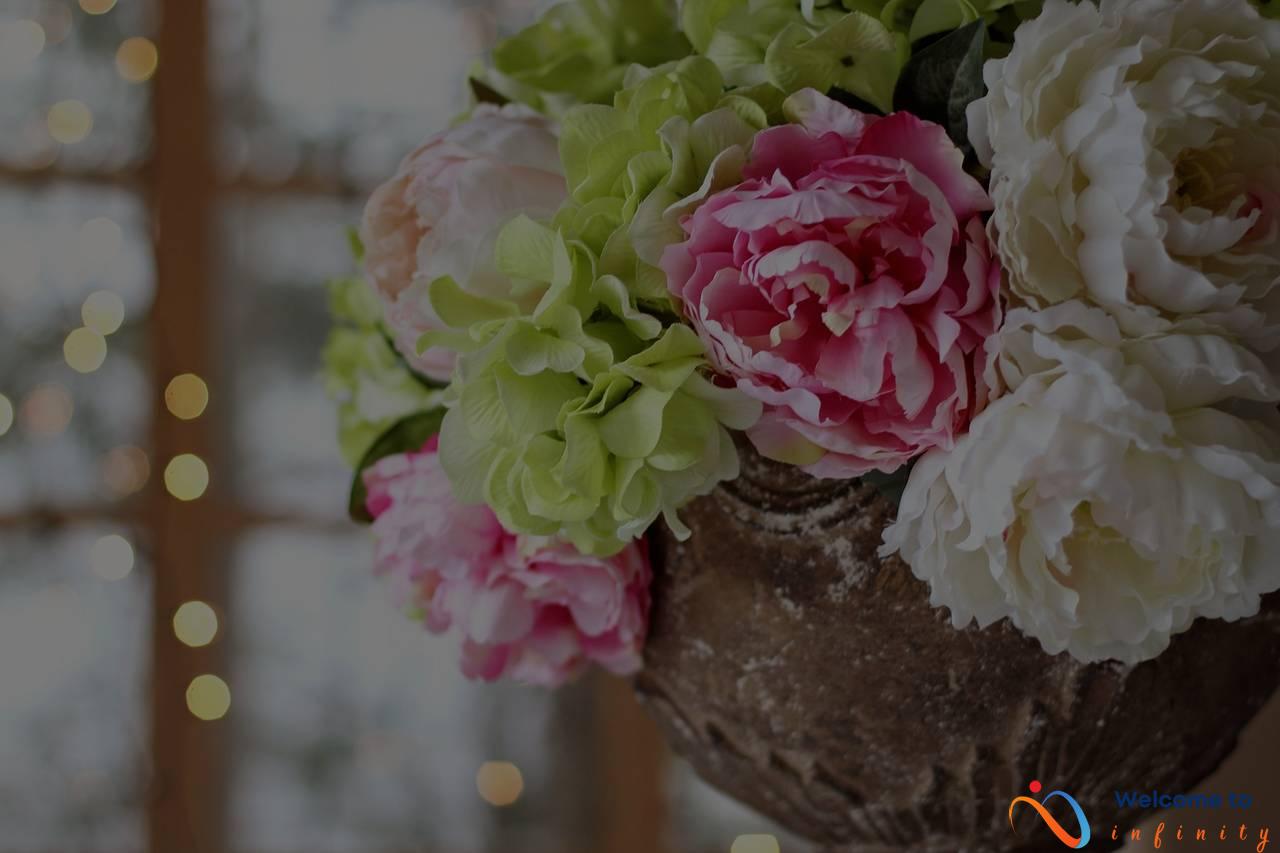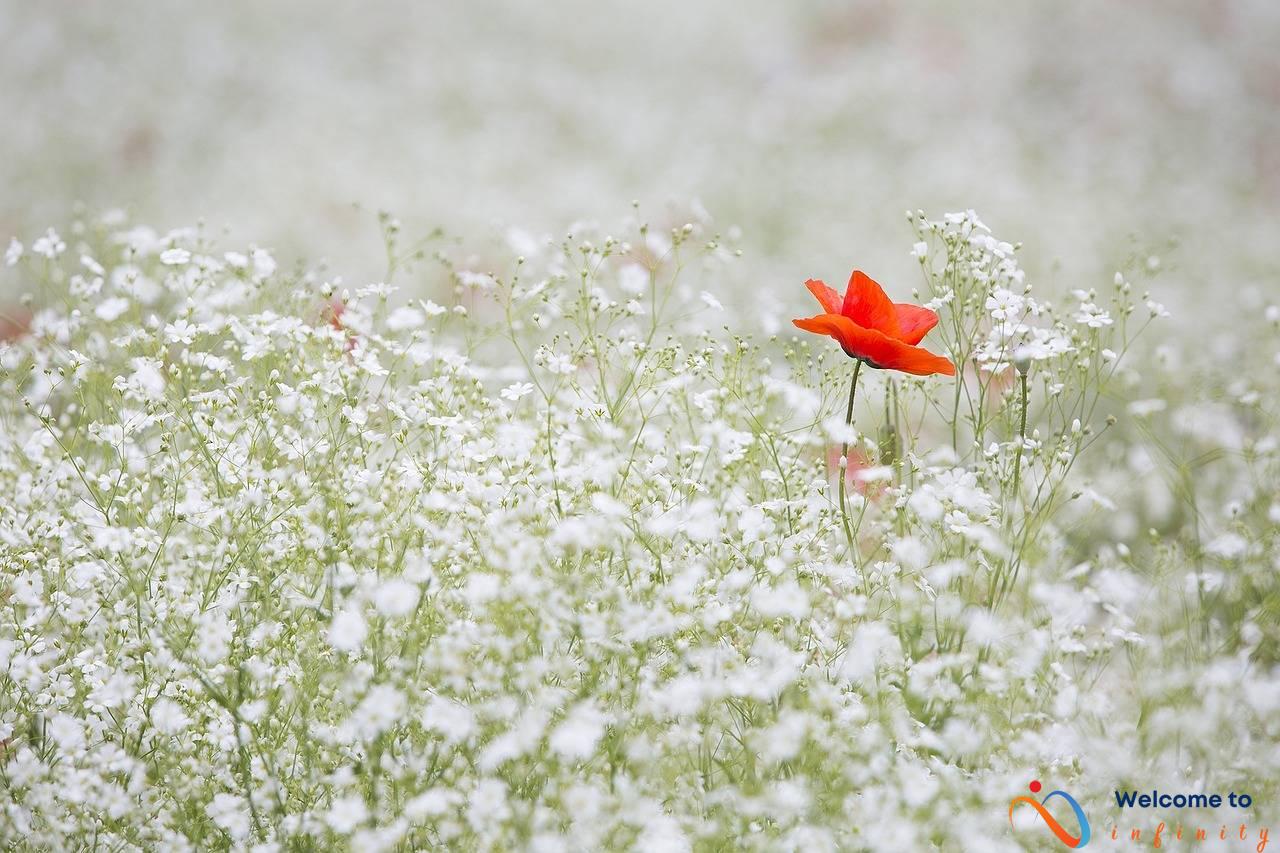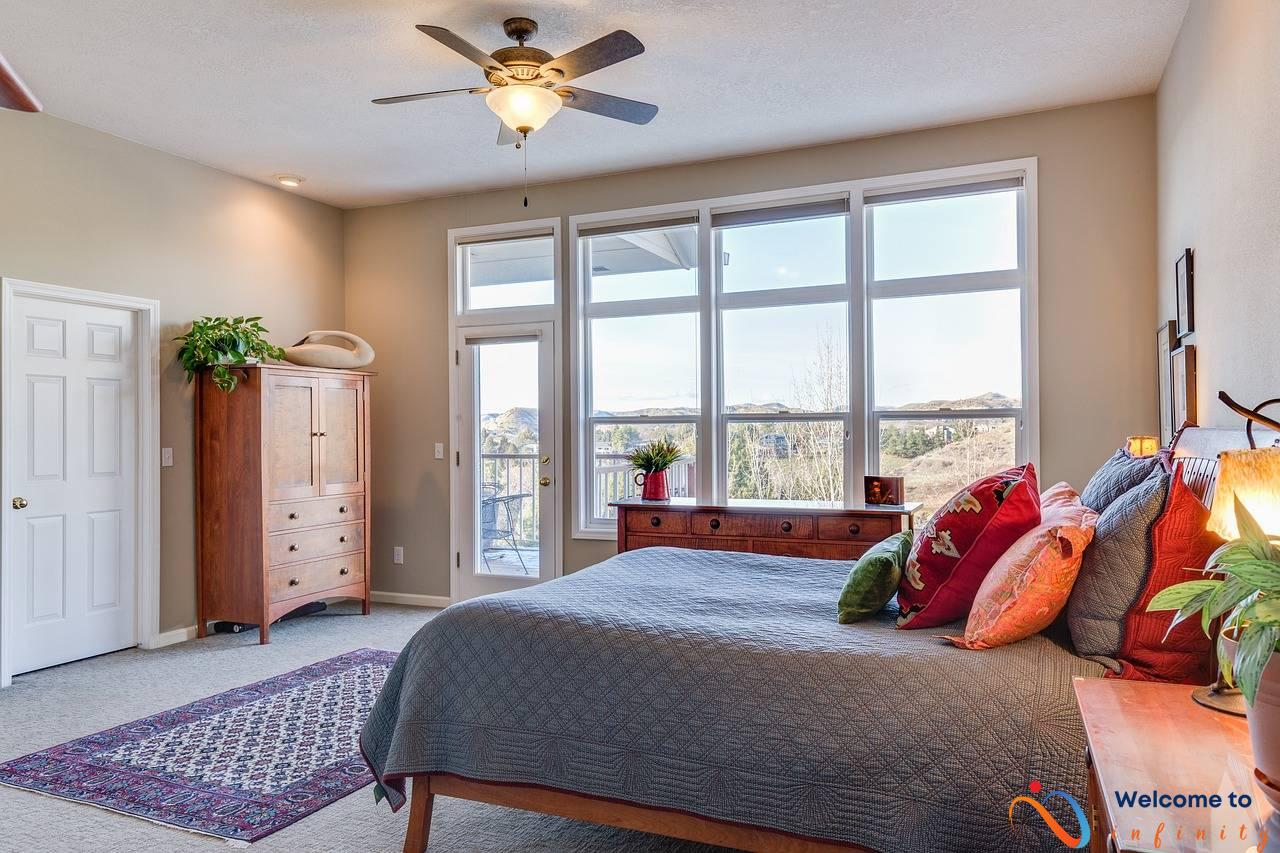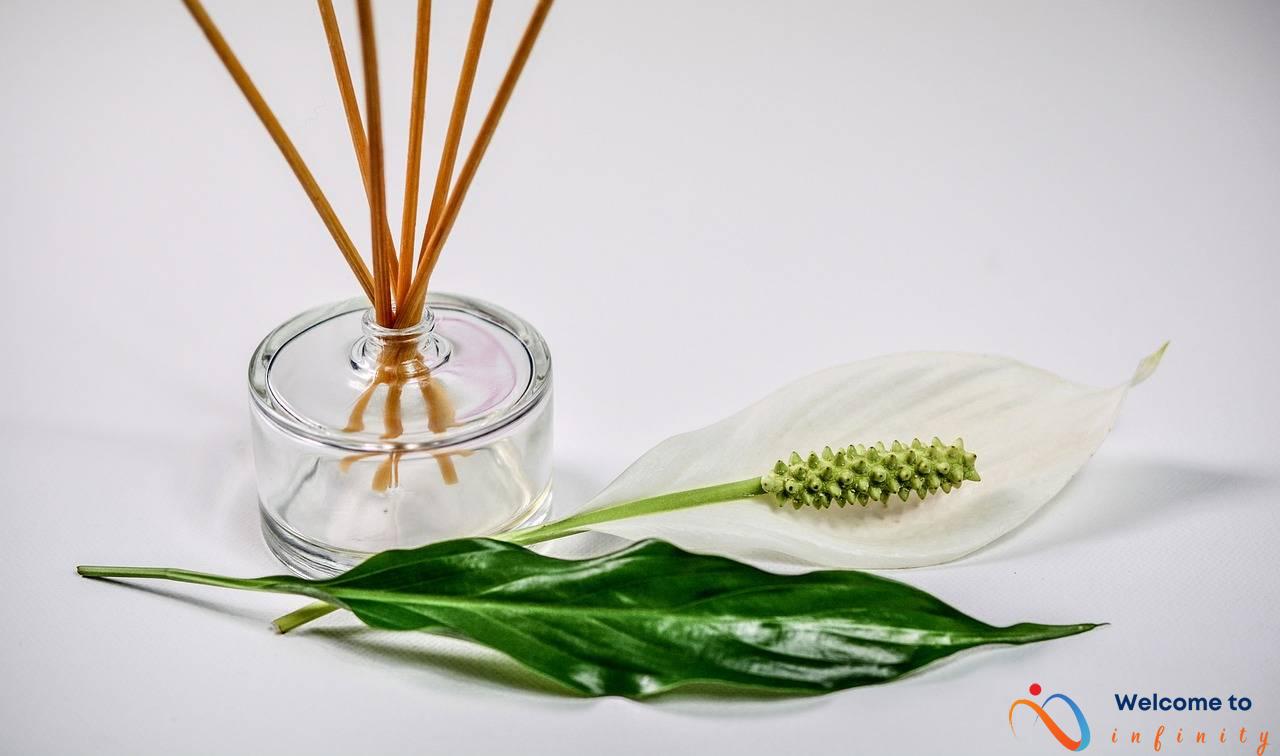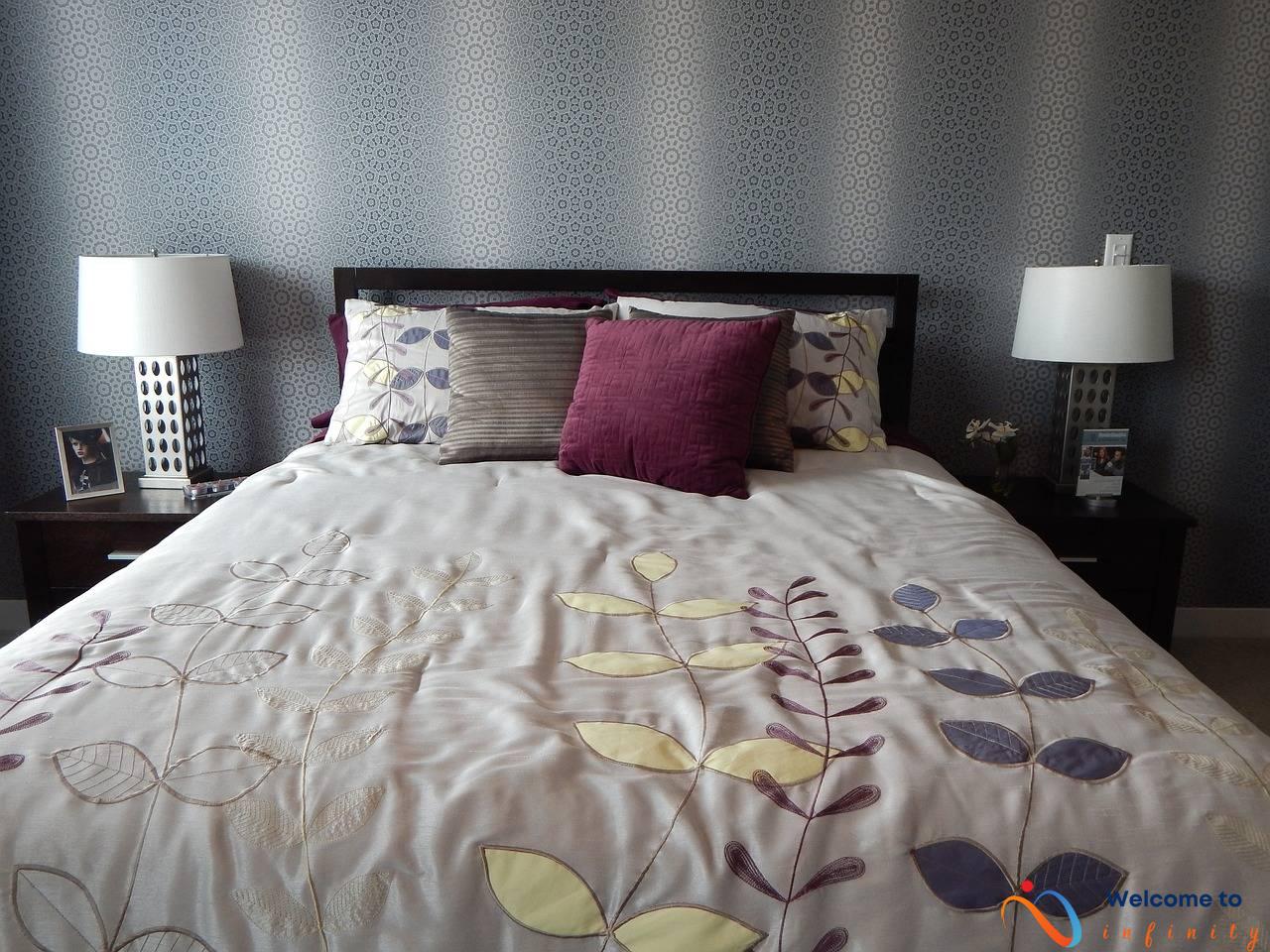Creating a garden that looks beautiful all year round is a dream for many gardeners. However, it requires careful planning, preparation, and attention to detail. The key is to choose the right plants, structures, accessories, and lighting to ensure that your garden looks great in every season.
One important factor to consider when designing a garden for all seasons is the selection of plants. It's crucial to choose plants that bloom at different times and have different colors and textures. This will help create variety and interest in your garden. You should also consider the climate in your area and choose plants that are suitable for your region.
Investing in garden structures and hardscaping can also make your garden look beautiful throughout the year. Garden structures such as trellises, arches, and pergolas add vertical interest to your garden, while hardscaping features like paths and patios provide structure and enhance the overall look and feel of your garden.
Garden lighting can also transform your garden into a magical space that you can enjoy even on darker winter evenings. By using a combination of spotlights, up-lights, and fairy lights, you can create a beautiful, romantic ambiance in your garden and highlight key features like statues, plants, and water features.
Another trick to designing a garden for all seasons is to mix and match textures and colors. Use a combination of foliage and flowers to add depth and interest to your garden. You can also add garden accessories like sculptures, birdbaths, and birdhouses to provide year-round interest and create an additional focal point in your garden.
Finally, don't forget to maintain your garden regularly. Regular pruning, fertilizing, and watering will help keep your plants healthy and vibrant. By following these tips, you can create a beautiful garden that looks great no matter what season it is.
Choosing the Right Plants
When it comes to designing a garden for all seasons, choosing the right plants is key. You will want to select a variety of plants that bloom at different times throughout the year to keep your garden looking beautiful and colorful all year round.
It is also important to choose plants that compliment each other. Consider the heights, colors, and textures of the different plants to create a cohesive and aesthetically pleasing garden. For example, pairing tall flowers with shorter plants can create a dynamic and interesting visual effect.
Additionally, consider using a mix of perennial and annual plants. Perennials will come back year after year, while annuals will provide a burst of color for one season. By combining the two, you can ensure that your garden looks beautiful year after year.
Lastly, don't forget about foliage plants. While flowers are often the centerpiece of a garden, foliage plants can provide interesting textures and colors that last all year round. Incorporating a mix of foliage plants with your flowering ones can help to create a more interesting and well-rounded garden.
Investing in Garden Structures and Hardscaping
To create a garden that looks beautiful year-round, it is essential to invest in garden structures and hardscaping features. Structures such as trellises, arches, and pergolas can help to bring height and form to a garden, while hardscaping features such as paths and patios can create interest and contrast.
Trellises can support climbing plants such as roses and clematis while adding height to a garden. Arches, on the other hand, can create portals between different sections of a garden while adding visual interest. Pergolas can provide a shaded area for seating or dining, and they lend themselves well to being festooned with hanging baskets and climbing plants.
Hardscaping features such as paths and patios can also play a significant role in creating a visually interesting garden. A well-designed path can lead the eye through different sections of a garden, while a patio can serve as an outdoor room and provide a place for entertaining or relaxing. Using different materials for paths and patios such as stone, gravel, and wood can provide texture and contrast.
It is important to bear in mind that garden structures and hardscaping features can take time to install and require regular maintenance to keep them looking good. However, investing the time and effort can pay off by creating a garden that is not only beautiful but also functional and enjoyable year-round.
Using Garden Lighting
One of the most effective ways to bring beauty to your garden during any time of year is through the use of garden lighting. Not only does it add a magical touch to your outdoor space, but it also serves practical purposes such as safety and security on darker winter evenings.
There are various types of lights that you can use to achieve the perfect lighting plan. Spotlights are great for highlighting specific features in your garden, such as a beautiful statue or a unique plant. Up-lights are perfect for accentuating trees and plants by casting a soft glow onto the trunks or the blossoms. And for a touch of whimsy, fairy lights can be woven throughout shrubs and trees to create a fairytale-like atmosphere.
When it comes to garden lighting, it's essential to strike a balance between functionality and aesthetics. Focus on creating a sense of warmth and intimacy in your outdoor space. One option is to light up walkways or steps to make navigating your garden easier and safer. You can also strategically add mood lighting to seating areas, patios, or pergolas to make them more inviting.
The key is not to overdo it. Too much lighting can ruin the natural ambiance of your garden. Keep it subtle, and remember that less is often more. Plan out your lighting scheme in advance, and experiment with different temperatures and shades of light to find the perfect match for your garden's unique personality.
Mixing and Matching Textures and Colors
Mixing and matching different textures and colors is a great way to add depth and interest to your garden. Use a combination of foliage and flowers to achieve this effect. For instance, you can mix different shapes of leaves, from round to spiky, to create a contrast in texture. Using plants with thick foliage, like hostas, and plants with thin foliage, like grasses, can also create a contrast.
Additionally, you can use complementary colors to create a visually stunning garden. Complementary colors are opposite each other on the color wheel, such as blue and orange or red and green. You can also use monochromatic colors, which are different shades of the same color, to create a serene and calming effect.
To create a focal point in your garden, you can use contrasting colors, such as yellow and purple, or red and green flowers. You can also use plants with variegated leaves, such as agapanthus, which have white edges on their leaves, to create a contrast in color and texture.
Tables can also be useful to plan your color scheme. Using a color chart, you can easily compare and choose color combinations that work for your garden. Additionally, using a plant list table can help you determine which plants bloom at different times of the year, which is important for creating a garden that looks beautiful throughout the year.
Mixing and matching textures and colors is a fun and creative way to design a garden that looks beautiful all year round. With a little planning and a keen eye for detail, you can create a visually interesting garden that is sure to impress your guests.
Choosing the Right Garden Accessories
In addition to plants and structures, the right garden accessories can also help to bring year-round interest to your garden. Apart from being decorative, garden accessories can also provide practical benefits such as attracting birds and improving the overall ambience of your space.
One great way to add a touch of whimsy to your garden is by incorporating garden sculptures. These come in various styles and can be made of materials like metal, stone, or wood. While most sculptures are designed to stay outdoors for a long period, be sure to check the manufacturer's instructions to ensure they are weather-resistant.
Birds are a welcome sight in the garden and adding a bird bath or birdhouse can attract them throughout the year. Birdbaths come in various sizes and designs so choose one that complements the overall style of your garden. Birdhouses can also be a fun and functional addition to your outdoor space, providing shelter for birds and adding to the visual appeal of your garden.
When choosing garden accessories, it is important to ensure they match the overall style of your garden. If you have a more traditional garden, choose accessories that reflect this style. If your garden is more modern, go for sleeker, minimalist designs.
By choosing the right garden accessories, you can create a garden that looks beautiful and interesting all year round. Sculptures, bird baths, and birdhouses are just a few of the many accessories that can transform your garden into a magical space.
Maintaining Your Garden
Maintaining your garden is essential to ensure it looks beautiful and healthy throughout the year. Regular pruning, fertilizing, and watering are crucial to keep your plants healthy and vibrant.
Pruning your plants is necessary to remove dead and damaged stems, promote growth, and maintain the plant's shape. It also helps to prevent disease and pests from spreading. Fertilizing your plants ensures they receive the necessary nutrients they need to grow and remain healthy. You can use organic or synthetic fertilizer, but make sure to read the label and follow the instructions carefully.
Watering your plants is essential, but be careful not to overwater them. Overwatering can lead to root rot and kill your plants. Most plants need around 2.5cm of water per week, but this may vary depending on the plant and weather conditions.
In addition to pruning, fertilizing, and watering, you should also keep an eye out for pests and diseases. Check your plants regularly for any signs of damage or infestation. You can use natural or chemical remedies to get rid of pests and diseases, depending on your preference.
To make maintaining your garden easier, you can also consider using mulch. Mulch helps to retain moisture, control weeds, regulate temperature, and improve soil health.
By following these tips for maintaining your garden, you can ensure it looks beautiful and stays healthy throughout the year.

